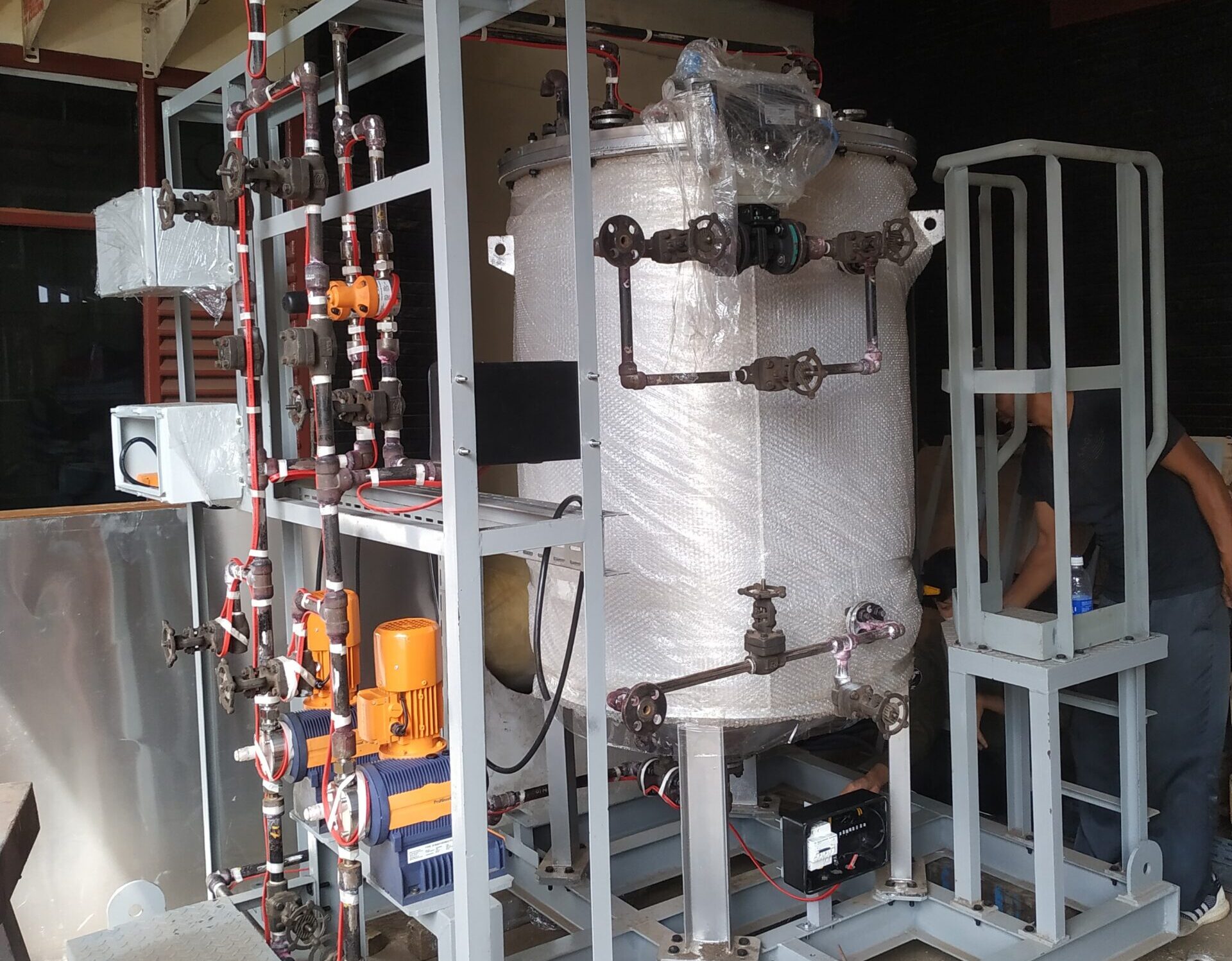- +62 85156306472
- office@muinu.co.id

In the modern industrial world, maintaining the right temperature is essential to ensure optimal system functionality. One of the solutions used for this purpose is electrical heat tracing. This technology has become the primary choice for maintaining temperature on pipe surfaces, tanks, and other equipment in various industries. In this article, we will explore the concept, applications, and benefits of electrical heat tracing.
Electrical heat tracing is a heating method that utilizes electric heating cables or other heating elements to prevent freezing, maintain fluid viscosity, or sustain temperature within piping systems or tanks. The principle is simple: heating elements are placed along the surface that requires additional heating, and when powered, they emit heat to the surroundings to maintain the desired temperature.
Heat tracing technology can be categorized into several types, including self-regulating, constant-wattage, and series resistance.
Self-Regulating: Self-regulating heating cables have the unique characteristic where the heating power adjusts according to the surrounding temperature. When the temperature decreases, the cable’s resistivity increases, producing more heat. Conversely, when the temperature rises, the resistivity decreases, reducing the heat generated. This makes self-regulating heat tracing highly efficient and safe.
Constant-Wattage: Constant-wattage heat tracing provides constant heating power regardless of surrounding temperature changes. It is suitable for applications where environmental temperatures remain relatively stable.
Series Resistance: This method utilizes heating cables with a fixed resistance in series. The heating power depends on the cable length and material resistivity.
Electrical heat tracing is used across various industries for different purposes, including:
The use of electrical heat tracing offers various benefits, including:
Electrical heat tracing has proven itself as a reliable and efficient solution in industrial temperature control. With its wide range of applications and significant benefits, this technology has become a crucial aspect of maintaining optimal production system performance. As this technology continues to evolve, it is expected that heat tracing solutions will become even more efficient and accessible for industries in the future.
©2024. PT. Multidaya Inovasi Nusantara. All Rights Reserved.
Click one of our contacts below to chat on WhatsApp
Or sent mail to office@muinu.co.id